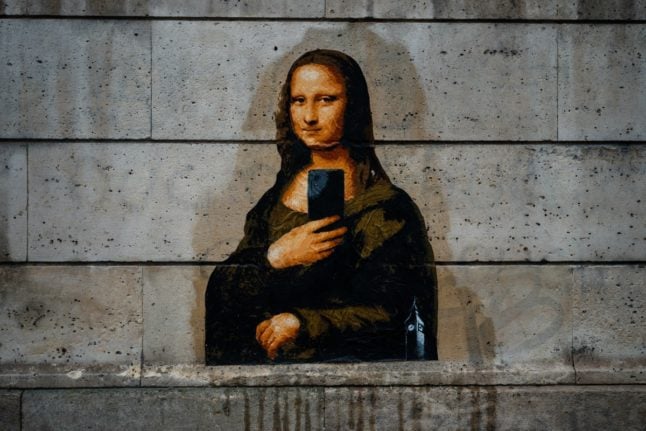The Curie Institute will “suspend demolition of the Pavillon des Sources to take the time to look at… any possible alternative,” Culture Minister Rima Abdul Malak wrote on X, formerly Twitter.
Critics of the demolition say two-time Nobel winner Marie Curie worked in a laboratory in the building, while its proponents dispute this.
A cancer-fighting foundation, the Curie Institute wants to build a 2,000-square metre five-storey research centre at the site in Paris’ touristy Latin Quarter.
It would be “the first centre for cancer-related chemical biology in Europe” and “an indispensable scientific project”, Curie Institute chief Thierry Philip told AFP.
He added that he had had a “calm exchange on the complex debate” with minister Abdul Malak “on a question of memory that stokes so much emotion today”.
If no “alternative solution” can be found, “we will have to calmly make a decision between memory and living science,” Philip said.
Figures including television presenter Stephane Bern and conservative former minister Rachida Dati launched the debate around the Pavillon des Sources into the public eye.
It would be a “serious mistake” to destroy the building, Bern wrote on X this week, given its status as French “heritage”.
Philip said that the Pavillon des Sources was not a laboratory used by Curie, but rather served to store radioactive waste and today stands empty.
Her actual laboratory, the Curie pavilion, is not in danger of being demolished, he said.




 Please whitelist us to continue reading.
Please whitelist us to continue reading.
Member comments